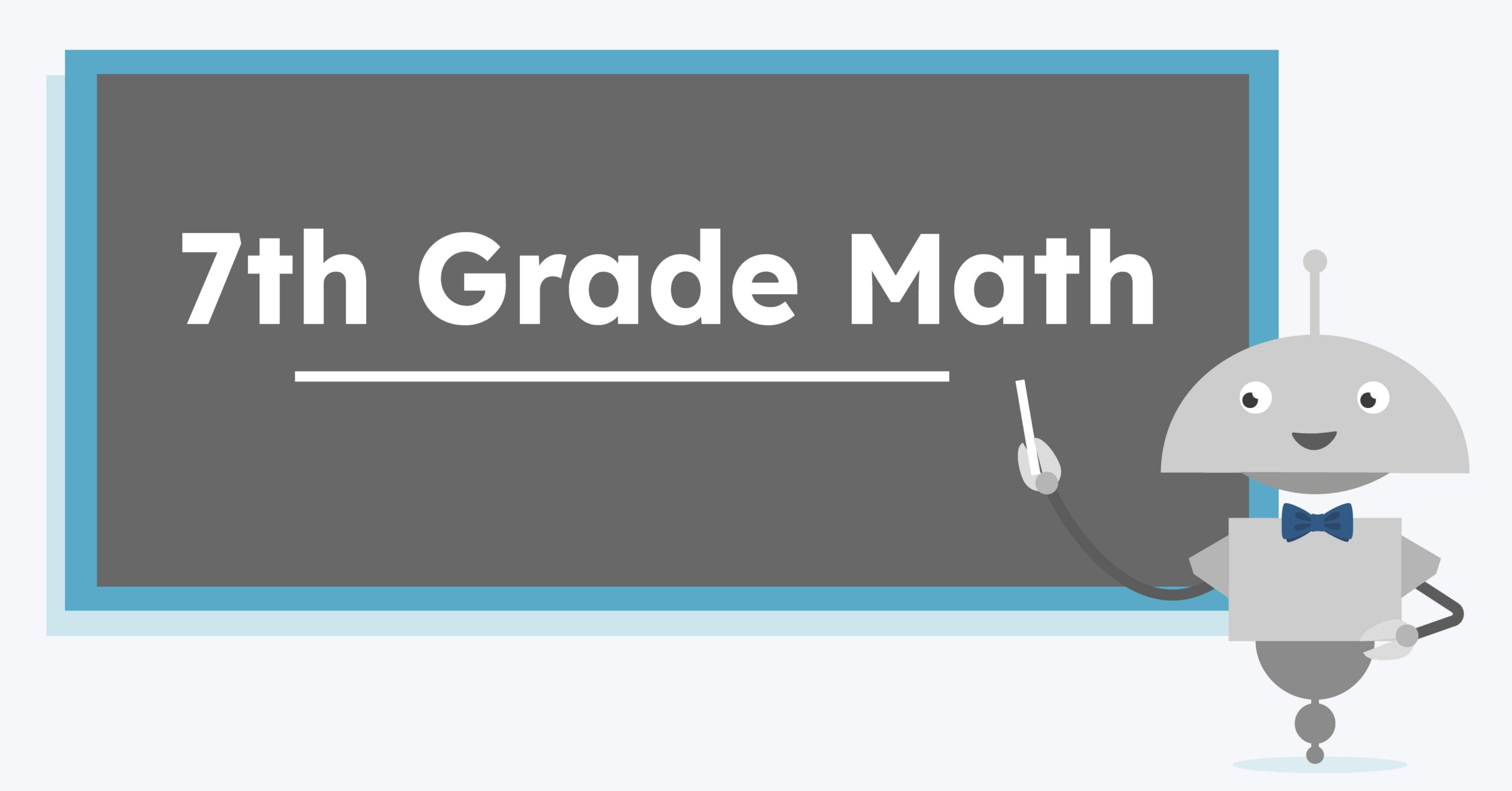7th Grade Math Curriculum
Seventh grade is a big year for math, and Miacademy’s prealgebra program is ready to help students take on the challenge! With fun, interactive lessons and plenty of real-world practice, kids can build the skills they need for algebra and beyond — all while keeping math engaging and approachable.
Sample Lesson
Interested in more math videos for middle school? Visit our YouTube channel @TheMiacademyLearningChannel!
Is my student ready for 7th grade math concepts?
Before beginning math in seventh grade, students should have a solid understanding of sixth grade math concepts.
While not required, we suggest students take our sixth grade math course, Math Level G, or an equivalent course before starting math in 7th grade.
Your child is most likely ready to tackle seventh grade math if they can:
- Add, subtract, multiply, and divide multi-digit decimals
- Add, subtract, multiply, and divide fractions and mixed numbers
- Apply ratio reasoning to solve problems, including unit rates
- Understand and use percents to solve real-world problems
- Work with positive and negative numbers on a number line
- Plot points and interpret coordinates in all four quadrants
- Understand and find the area of triangles, quadrilaterals, and polygons
- Solve one-step equations and inequalities with whole numbers and fractions
- Apply order of operations with parentheses, exponents, and all four operations
- Understand statistical concepts like mean, median, mode, and range
- Represent and interpret data with line plots, histograms, and box plots
Free 7th Grade Math Worksheets – PDF Download
Each video lesson has printable math worksheets with additional activities to extend learning beyond the screen with a hands-on approach!
Click here to download a sample 7th grade math PDF:
What are the 7th grade math standards?
Seventh grade math standards focus on algebraic skill readiness and an introduction to geometry and statistics.This year, students learn how to:
- Apply operations with rational numbers (including negative numbers and fractions)
- Solve problems involving ratios, rates, and proportional relationships
- Analyze proportional relationships and use them to solve real-world problems
- Solve multi-step percent problems, including discounts, tax, and interest
- Work with expressions, equations, and inequalities
- Apply properties of operations to generate equivalent expressions
- Solve linear equations and inequalities in one variable
- Understand and apply concepts of scale drawings and geometric constructions
- Solve problems involving area, surface area, and volume of two- and three-dimensional objects
- Draw inferences about populations based on samples (basic statistics concepts)
- Understand and work with probability concepts
Standards can vary by state, so be sure to check what’s required where you live.
Scope and Sequence
Math: Level H (Prealgebra 1)
In the first part of our Prealgebra curriculum, students will complete their mastery of the four basic operations to enhance their confidence and fluency in math. They will also be introduced to foundational algebraic concepts including variables, expressions, and simple equations. This groundwork will prepare them to develop strong algebraic reasoning skills for Prealgebra 2 in eighth grade.
Choosing the Best 7th Grade Homeschool Curriculum
By the end of our middle school math program, students have built a strong foundation and the confidence to tackle high school concepts head-on! With skills that stick, and a sense of accomplishment, they’re ready to take the next step in their math journey.
Plus, one of the best things about our seventh grade curriculum is homeschooling with flexibility! You get full customization over your lesson plans and assignments to fit your child’s unique learning needs. Students can skip what they already know and dive into new challenges!
Our family of accredited curricula covers everything from learning to count to precalculus and adapts easily to your child’s educational needs.
Whether you homeschool full time or are looking to supplement a public school education, we’re here to support you! Wondering if Miacademy’s seventh grade homeschool curriculum is a good fit for your student? Start a chat with one of our friendly customer service agents below! They’ll be happy to help you with any questions you may have.



